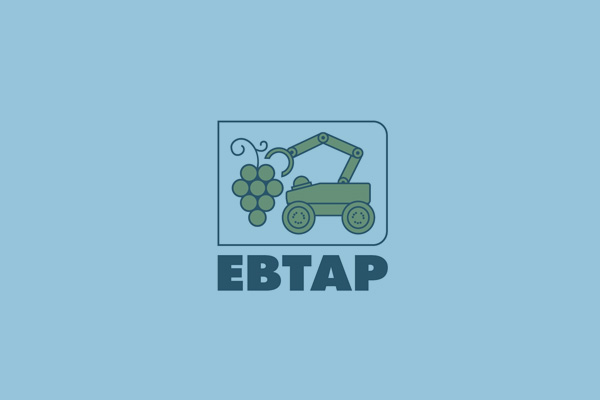Learning distributions of image features by interactive fuzzy lattice reasoning (FLR) in pattern recognition applications – IEEE Computational Intelligence Magazine, vol. 10, no. 3
V.G. Kaburlasos, G.A. Papakostas, “Learning distributions of image features by interactive fuzzy lattice reasoning (FLR) in pattern recognition applications”, IEEE Computational Intelligence Magazine, vol. 10, no. 3, pp. 42–51, 2015 (Special Issue on New Trends of Learning in Computational Intelligence. Guest Editors: Guang-Bin Huang, Erik Cambria, Kar-Ann Toh, Bernard Widrow, Zongben Xu).


 Greek
Greek









